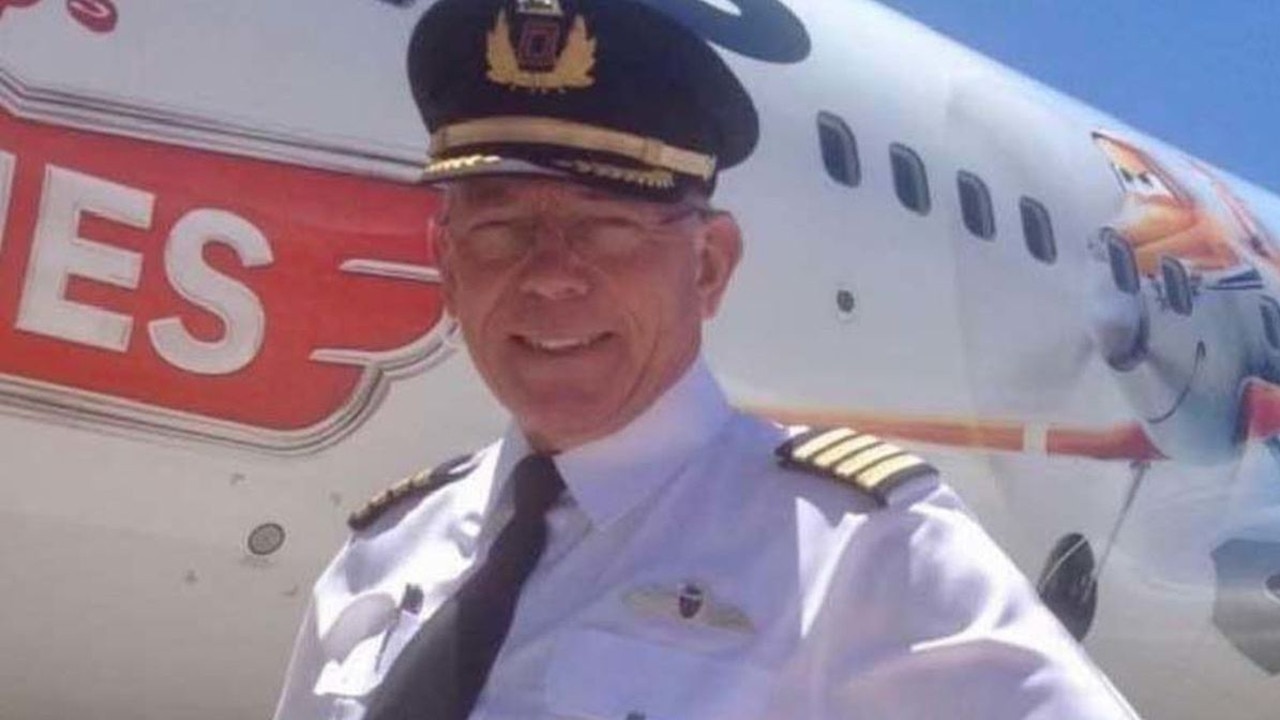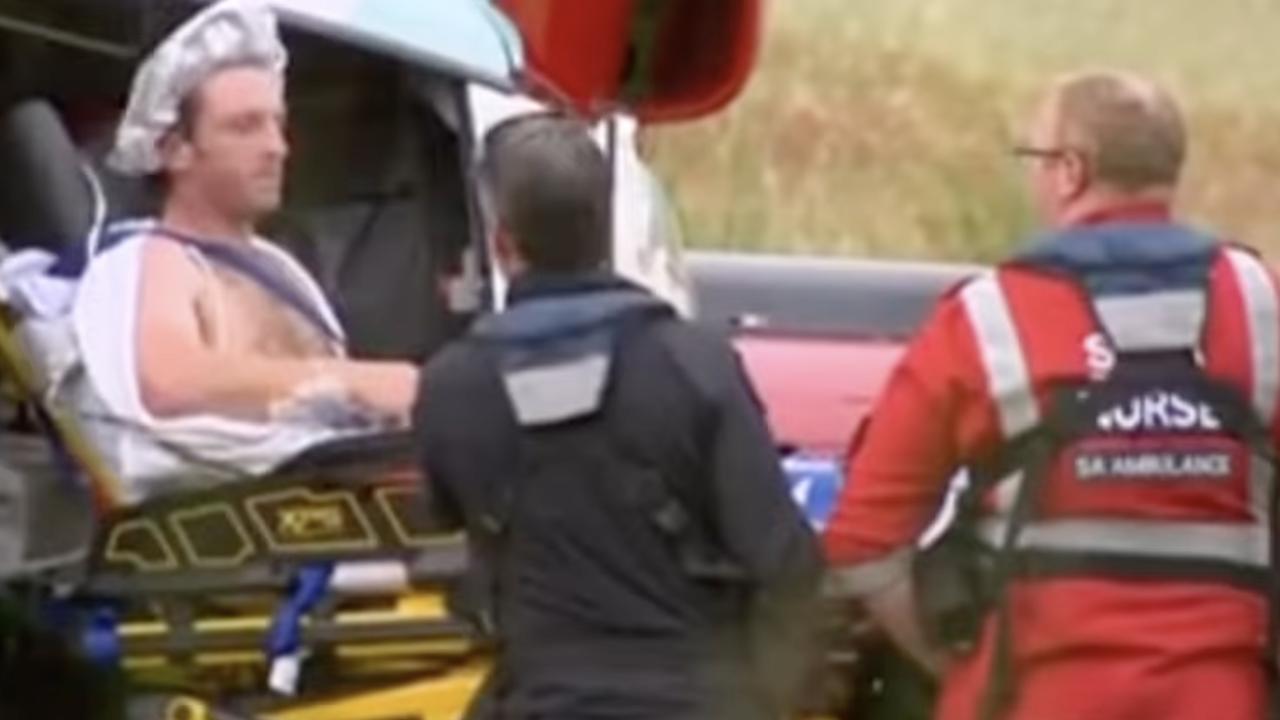Australian man’s cause of death on Mt Everest revealed
Australian man Jason Kennison’s Mt Everest tour operator has written to the Nepalese government with his cause of death.
Australian man Jason Kennison died on Mount Everest due to severe altitude sickness, his expedition organiser has said.
Asian Trekking told the Nepalese government in a letter that the 40-year-old died of high altitude cerebral edema (HACE), according to the ABC.
HACE refers to a life-threatening condition where the brain swells from lack of oxygen at high altitude.
Symptoms of HACE can include extreme headaches, vomiting, fatigue, confusion, difficulty concentrating or forming thoughts, changes in behaviour and hallucinations.
Asian Trekking chief Dawa Steven Sherpa told AFP Mr Kennison became “unresponsive” at the summit on Friday and was brought down to the Balcony area below the peak, where he died.
“Since the oxygen cylinders that they had with them were running out, they decided to descend to Camp 4 hoping to climb back again with oxygen cylinders to rescue him,” Sherpa said.
“It was high wind and bad weather that prevented them [from] going back to bring him down. He died at the Balcony area.”

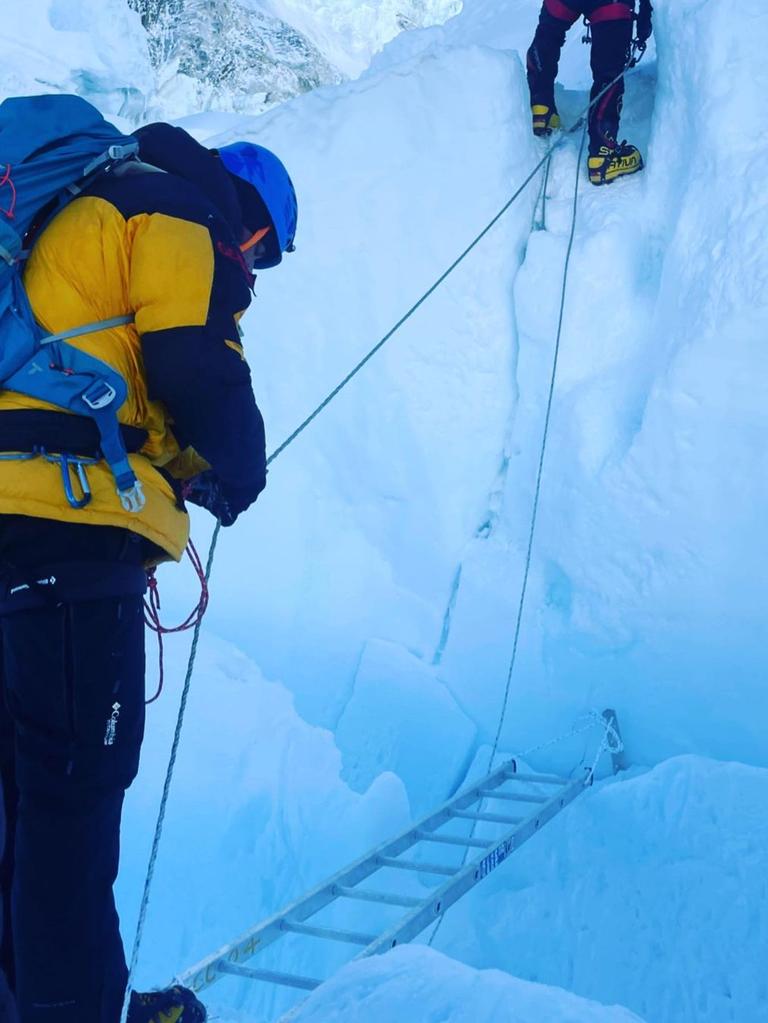
Aussie’s heartbreaking call before Everest death
Jason Kennison spoke to his mum just one day before he died on Mt Everest.
In what would tragically become their last phone call, his mother Gill Kennison told him she loved him and asked him to be careful.
Mr Kennison’s brother, Adrian Kennison, said he had been messaging their family group chat every day during his climb, as well as calling their mum and FaceTiming when he could.
The South Australian, who had been living in Perth, was one of five siblings.
“Even Wednesday, I think it was his last FaceTime,” Adrian told the Today Show on Tuesday morning.
“He was, you know, showing mum his view from his tent and trying to dry his washing out in the snow. It’s pretty cool.
“He did speak to mum on Thursday, just before he started the climb, like saying, they’d started the climb at night so it was a bit scratchy.
“It was one of those, mum gave him the, ‘Yep, just be careful, do what you do, everyone loves you and see you when you get home,’ sort of scenarios.”
On Monday afternoon from the family’s home town of Mallala, South Australia, Mr Kennison’s emotional mum recalled to reporters her last conversation with him.
“He said, ‘I’ll see you when I get back,’ and I said, ‘Just remember Jase, please take it easy. Take care, remember I’ll always love you,” she said through tears. “That was the last words we said.”
The family said they were proud of their brother and son, and that he died doing what he loved.
His mum said he was “just on top of the world, literally, on top of the world”.
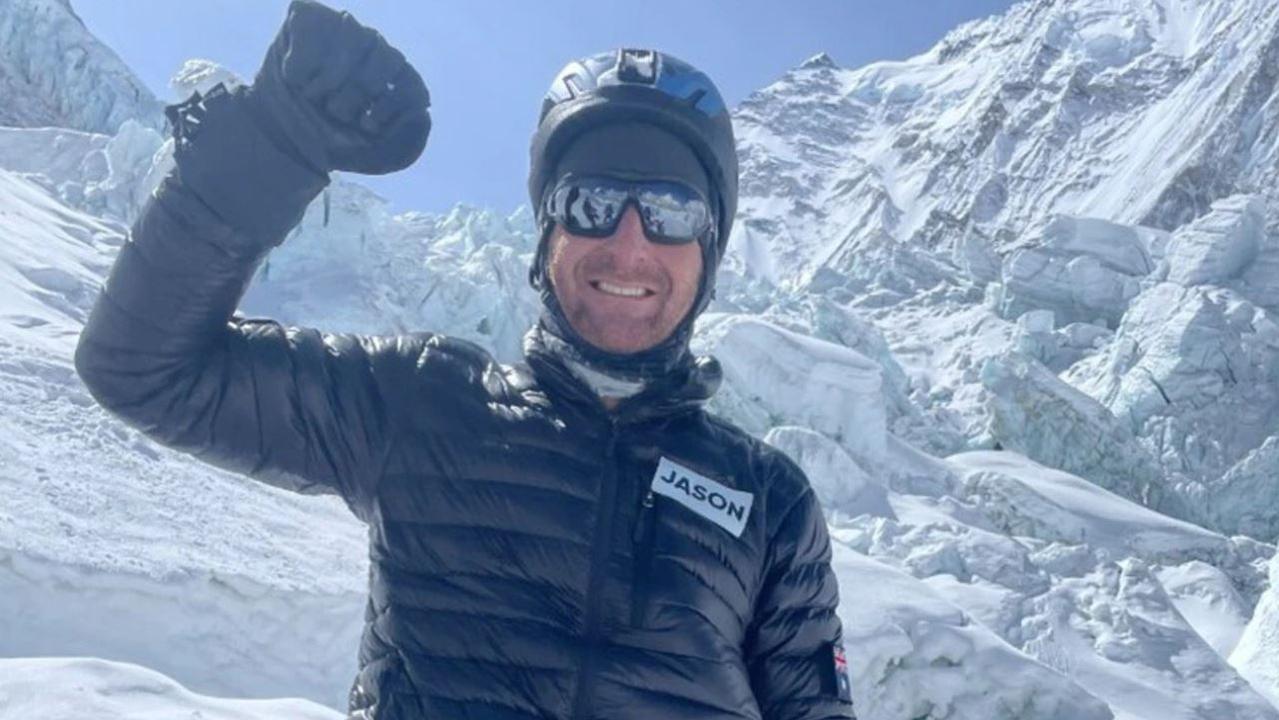
Mr Kennison was climbing Mt Everest, the world’s highest mountain, to raise money for Spinal Cord Injuries Australia.
He had to learn to walk again following a car crash in 2006, and endured a lengthy recovery that saw him battle depression for a year before he began to regain some function in his arms and legs.
Years later he suffered further spinal nerve damage but remained committed to completing the climb to raise money for Spinal Cord Injuries Australia.
On his fundraising page, he said he would attempt to climb to Mt Everest Base Camp “and hope to continue to higher camps of the mountain” from there.
“Whilst I wish to complete the ascent to challenge myself both mentally and physically, my main reason is to raise funds and awareness for Spinal Cord Injuries Australia, to help people living with spinal cord injury to live their best life,” he wrote.
An update from Mr Kennison while at base camp, posted by Spinal Cord Injuries Australia on May 10, said they were waiting for a safe weather window on the summit to start their final push.
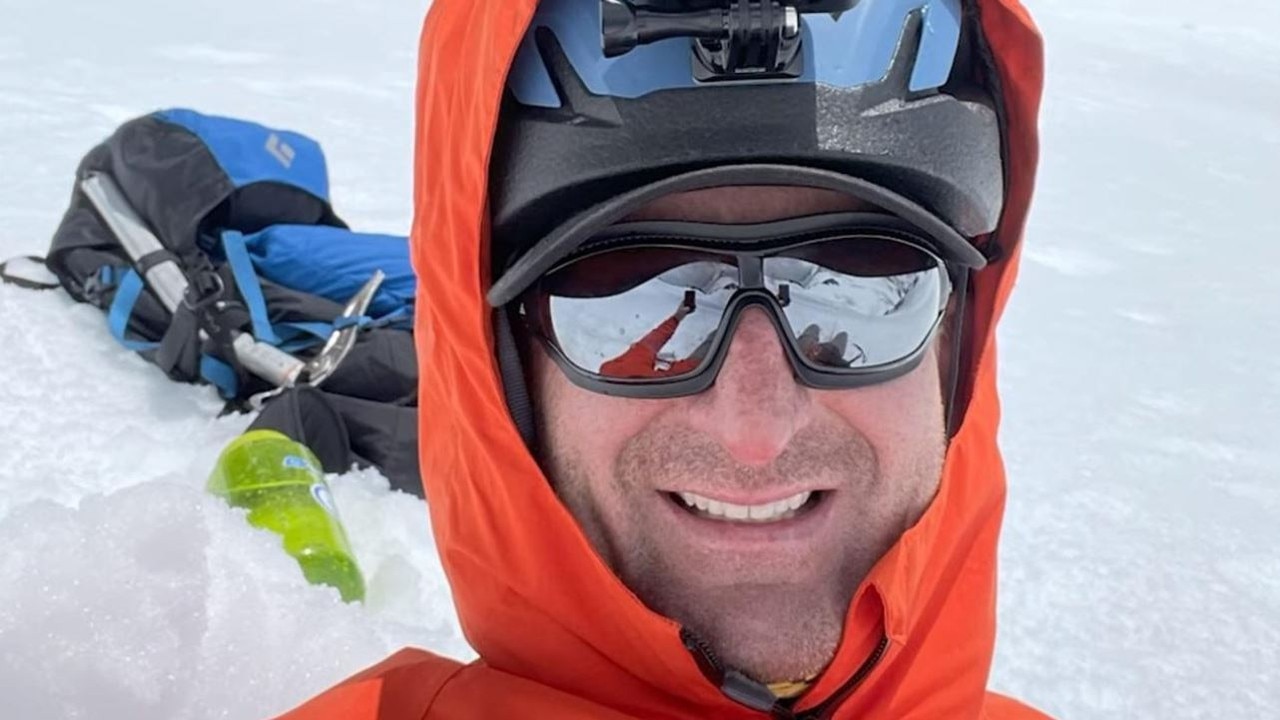
His death is the sixth among non-Nepalis while four Sherpas have lost their lives on Everest in this year’s climbing season.
On average, five climbers die every spring climbing season on Everest. But in 2019, 11 people died, with four of the deaths blamed on overcrowding on the mountain.
Nearly 450 climbers have already climbed Mt Everest this season, according to Nepal’s tourism department.
It has issued 478 permits to foreign climbers this year, with each paying an $11,000 fee.
Since most will need a guide, more than 900 people – a record – were expected to try to reach the summit during the season, which runs until early June.
– with AFP




